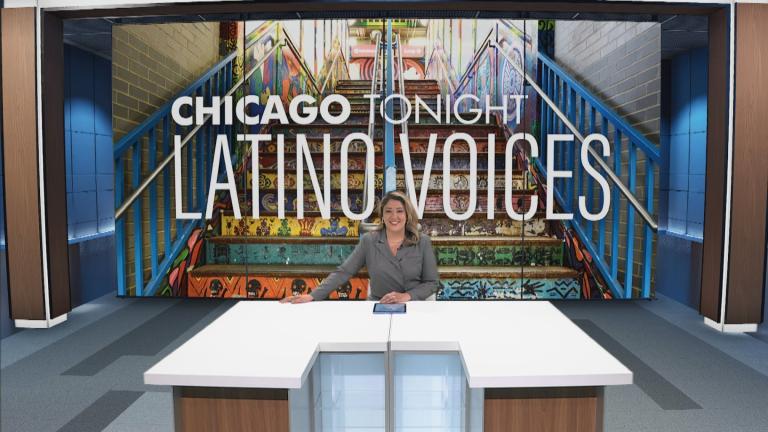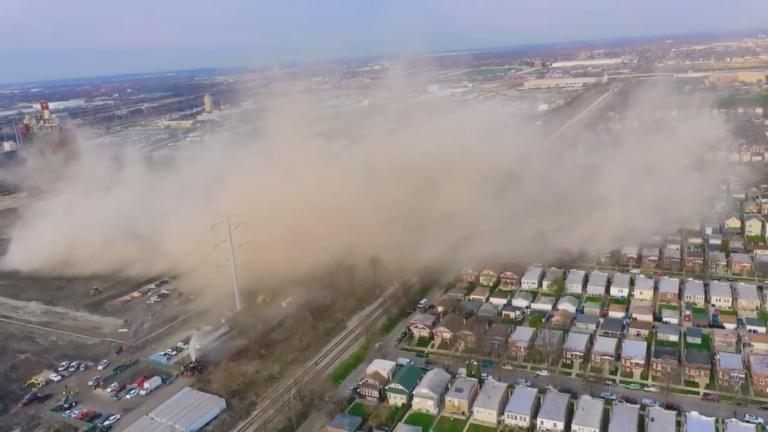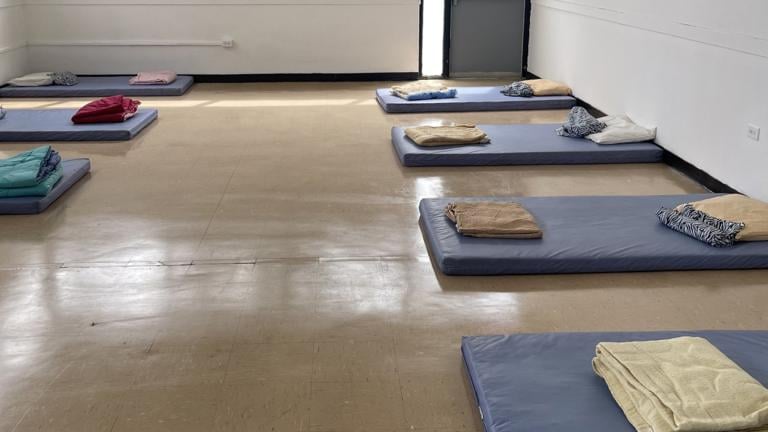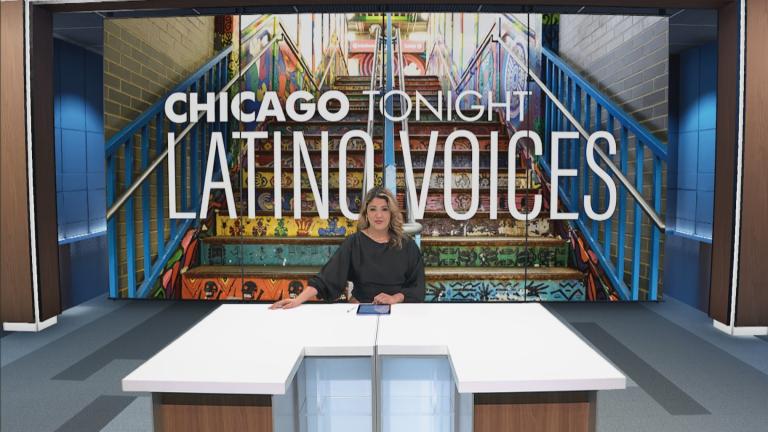The Northwestern Medicine Comprehensive COVID-19 Center released the results of a study on 1,200 long COVID patients. According the Centers for Disease Control, one in five COVID-19 patients experienced long COVID three months later, about 150 million adults in the U.S.
Dr. Marc Sala, pulmonologist and assistant professor at Northwestern University’s Feinberg School of Medicine, said the study’s aim was, in part, to begin identifying patterns in the people who presented with long COVID.
“We looked back on about 1,200 patients with our center’s involvement for treating patients with long COVID,” Sala said. “We looked back on these individuals to ask ourselves what types of patterns they have in their test results and what were some characteristics of the different individuals — not just in neurology, but pulmonology and cardiology as well. We wanted to know what were the demographics, the types of individuals we had seen all across this time. We wanted to know how successful was the center in terms of allowing access to different populations, and when we did test on these individuals — CT scans, neurological questionnaires and such — what were the results with any given person?”
A key finding was multidisciplinary care for long COVID is an advisable approach.
“A lot of what our and other studies show is that … multiple specialties on an individual seems to be important,” Sala said. “So if someone has more neurological manifestations, that person should be seen by a neurologist who specializes in this. Similarly for cardiology and lung health as well. Multiple providers of different specialties seems to have added value in treating patients for their constellation of symptoms. There’s not a one-size-fits-all approach to managing long COVID. If a study will be done that is trying to treat long COVID in general, it has to keep in mind that there’s many different manifestations, different clusters of symptoms. Patients who have brain fog versus those who have persistent cough versus those who have fast heart rates may need to be managed differently in the end.”
As the COVID-19 pandemic now enters its fourth year, Latinos are still disproportionately impacted by the virus. Nationwide, about 24% of COVID-19 cases are among Latinos despite the group making up only 19% of the U.S. population. However, the Northwestern study had just a small percentage of Latino participants, which Sala said “does not represent the number of individuals who actually have long COVID, that just means those are able to access us successfully.”
“Anyone who’s worked in the ICU during the time of the pandemic knew that patients of Latino background or African Americans were more susceptible to the worst outcomes of COVID,” Sala said. “It was very palpable during the time in which hospitals were inundated, and we have extreme manifestations of the disease. More modernly, when hospitals are less filled up and we don’t have as much severe illness, we do have a keen eye on improving access to these other populations that we knew were disproportionately affected by the acute COVID.”
Sala said researchers did not find any patterns connecting long COVID to vaccination status, but medical professionals continue to recommend vaccination for all.
“One thing that’s become clear is you can get long COVID after, say, your third or fourth infection with COVID,” Sala said. “So you maybe have not had persistent symptoms after your first infection, but that doesn’t mean it can’t develop in the future.”








